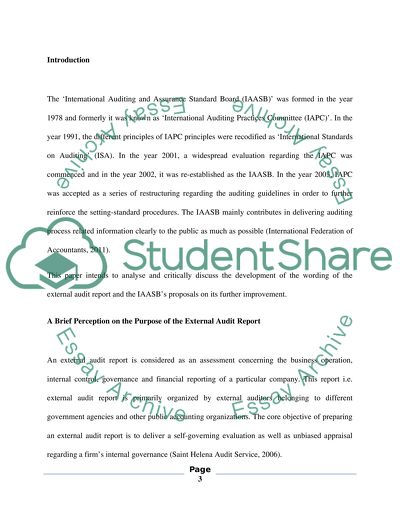Cite this document
(“Audit Essay Example | Topics and Well Written Essays - 1500 words”, n.d.)
Retrieved from https://studentshare.org/finance-accounting/1465371-audit
Retrieved from https://studentshare.org/finance-accounting/1465371-audit
(Audit Essay Example | Topics and Well Written Essays - 1500 Words)
https://studentshare.org/finance-accounting/1465371-audit.
https://studentshare.org/finance-accounting/1465371-audit.
“Audit Essay Example | Topics and Well Written Essays - 1500 Words”, n.d. https://studentshare.org/finance-accounting/1465371-audit.


